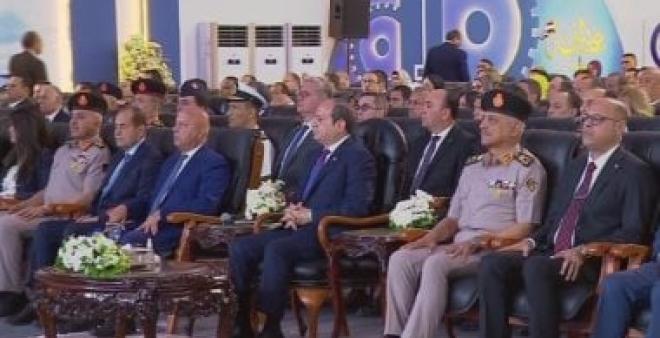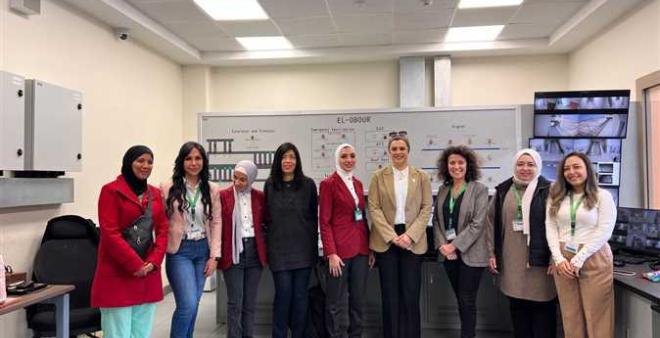Green Line 3 Tour of Islamic Cairo Mosques

Cairo’s mosques fill up during Ramadan. Here are some of the most alluring places of worship for Ramadan night prayers that you can access with Green Line 3. Four mosques have just reopened after being restored to their wonderous beauty.
Al-Hakim
By Hussein Mahmoud (s7s) via Wikipedia Commons
Al Hakim welcomes visitors to Islamic Cairo at its northern gates. It has been described as magical by its goers, with a tranquility that make it unique among the area's large historic mosques. Al Hakim was inaugurated in Ramadan of the year 1012-1013. Despite tarawih night prayers being forbidden at the time, the Fatimid Caliph, Al Hakim, who completed the construction of the mosque, took part in popular parades during the holy month where he delivered new lanterns, incense, curtains, rugs, and holy books to the mosque every year. Al Hakim is a 10-minute walk from Bab El Shaariya Station.
Al-Aqmor
By Saiiko via Wikipedia
Located south of Al Hakim on Muiz Street. Al Aqmor is a small mosque with an unmatched beauty. Built in the 12th century, it was a prototype for many architectural traditions including its lavish stalactite facade work which later became a staple of Mamluk architecture. Its name is derived from the word qamar (moon in Arabic), and it is said that the caliph named it this way to complete his vision of a white mosque that shone under Cairo's moonlight.
Al-Zaher Beibars
Steps from Al Geish station, you will be met with the impressive 11-meter-tall walls of the Al Zaher mosque which encloses one of the largest prayer courtyards in Cairo. Built in the 13th century by the Mamluk Sultan Al Zaher Beibars of Egypt and Syria, the site was reused by Napoleon, Mohamed Ali and by British occupation forces for different purposes including as barracks, a soap factory, a bakery, and a slaughterhouse. After decades of neglect, the Al Zahir Baybars mosque, has undergone a major renovation and was recently reopened for visitors and worshippers.
Al Nour
By Mohamed Salim NASHWAN via Wikipedia
The next mosque on the list was completed in 1970s and became a landmark of Abbasiya neighborhood with its two towering minarets. It is one of many mosques partially funded by Sheikh Hafez Salama, the famous popular resistance leader and philanthropist. Throughout its history, the mosque played a pivotal role in the celebration of Ramadan with some of the most memorable ceremonies and recitals in modern Egyptian history. It is also home to a library, a school for teaching Quran and other facilities for sports and art. The mosque is a 5-minute walk from Abbasiya Station.
Al-Hussein
By Haitham Mohammad via Wikipedia
Back to Islamic Cairo and to a mosque considered by many worshippers to be one of the most holy sites in Egypt as it contains the mausoleum of Imam Hussein, the grandson of Prophet Mohamed. Due to this standing, a program was prepared for tarawih night prayers with renowned reciters of Quran throughout Ramadan which you can view here. The mosque and square in front of it also underwent major renovations and is now back on the itinerary of visitors who flock during Ramadan to enjoy the beautiful atmosphere of its vicinity including Khan El Khalili bazaar and Zeinab Khatoun’s courtyard.



